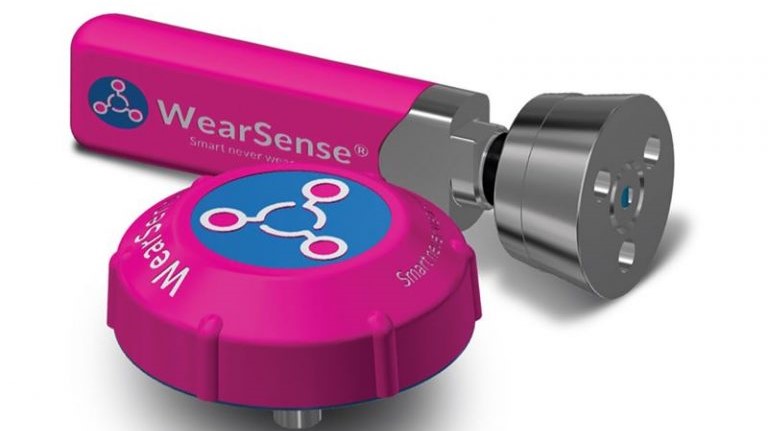
Newly formed Metso Outotec has closed the acquisition of Davies Wear Plate Systems, an Australia-based fastener and wear monitoring technology provider, which extends the company’s wear lining portfolio and capabilities.
The acquired technology includes fasteners featuring a unique locking mechanism that does not require traditional studs and nuts and, as a result, allows faster and safer maintenance work.
Davies’ portfolio also includes wear monitoring technology, which provides real-time forecasts of wear and the expected timing of upcoming liner change-outs. This monitoring solution can be fitted to any metallic or ceramic liner, independent of its attachment systems.
The newly acquired technology is already used by major mining companies, including Rio Tinto, BHP and Fortescue Metals in Australia.
“This acquisition supports our target to offer comprehensive and unique solutions for the entire wear lining value chain,” Sami Takaluoma, president of the consumables business area at Metso Outotec, said in a release.
“We are eager to introduce these advanced solutions globally to our customers; we now have the market’s widest range of optimized wear protection solutions, tools and services. The new technology will increase safety during maintenance and increase uptime,”
The newly acquired technology is already used by major mining companies, including Rio Tinto, BHP and Fortescue Metals in Australia.
“We have been improving our product offering for years and we have received good feedback from our customers in Australia. Our products are ready to be rolled out to the global mining market. We are excited that we are now a part of a truly international company,” added Brian Davies, founder of Davies Wear Plate Systems.
The parties have agreed not to disclose the value of the transaction.
The Davies Wear Plate Systems’ offering includes patented fastening systems, a wear liner monitoring system and wear plates. Davies also supplies tools that provide safer and faster change-outs.
Metso Outotec is focused on sustainable technologies, end-to-end solutions and services for the aggregates, minerals processing, metals refining and recycling industries globally.
(This article first appeared in the Canadian Mining Journal)